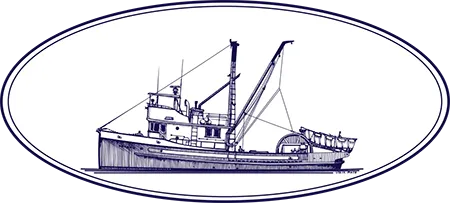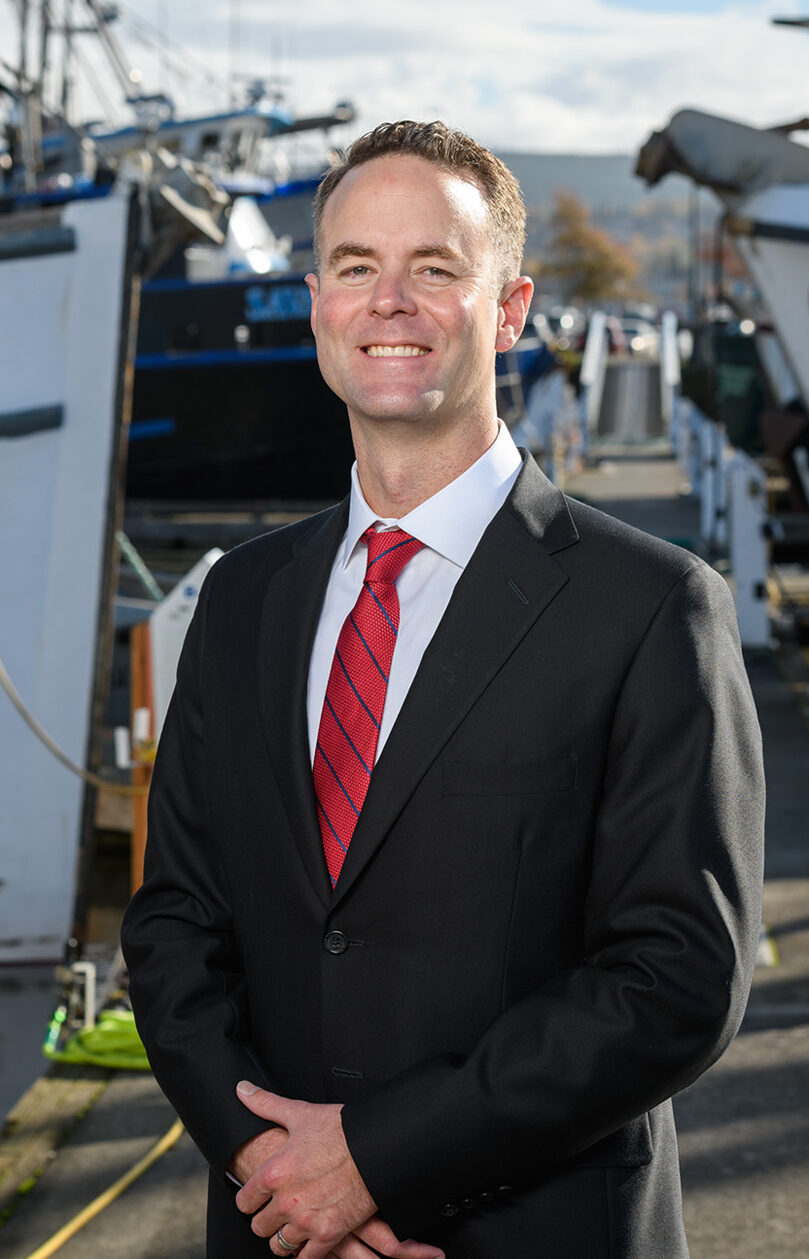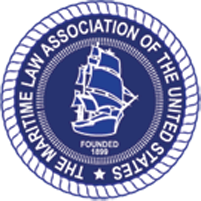Two weeks ago, a collision killed 38 people aboard a passenger ferry near Hong Kong. Two days ago, nearly two dozen people survived the sinking of a tour boat in San Francisco Bay. The first incident was tragic, the second merely ominous. Both incidents should have been avoided with the use of current technology and the exercise of reasonable care. A collision should never occur in fair weather with unimpaired visibility. A grounding on a marked shoal is, as in the case of the Italian cruise ship COSTA CONCORDIA, inexcusable.
The San Francisco Bay episode occured this past Friday night, October 12. The 45-foot NEPTUNE, billed as the Bay’s only “floating wine tasting room,” was carrying guests at a bachelor party when the vessel hit a shoal near Alcatraz Island and began sinking on Friday night, October 12. According to a Coast Guard spokesman, the boat hit the shoal around 8:42 p.m. and started taking on water after the impact left a 1-foot gash in the side of the boat.
The boat’s captain tried to steer the stricken vessel to San Francisco’s Pier 39. But the boat started having rudder issues and began to sink about 300 feet from the pier, the Coast Guard said.
Three Coast Guard boats took all 22 passengers and crewmembers off the vessel and brought them to the pier. San Francisco fire and San Francisco police boats also responded.
There were no injuries.
In this day and age, with GPS (not to mention Loran, radar, and sophisticated depth sounders) a vessel should never, ever, run aground on a charted shoal. There can be no excuse for Friday’s incident. Thankfully, the sinking did not occur as quickly as that of the Hong Kong passenger ferry, but lives were put at risk as a result of operator negligence.











